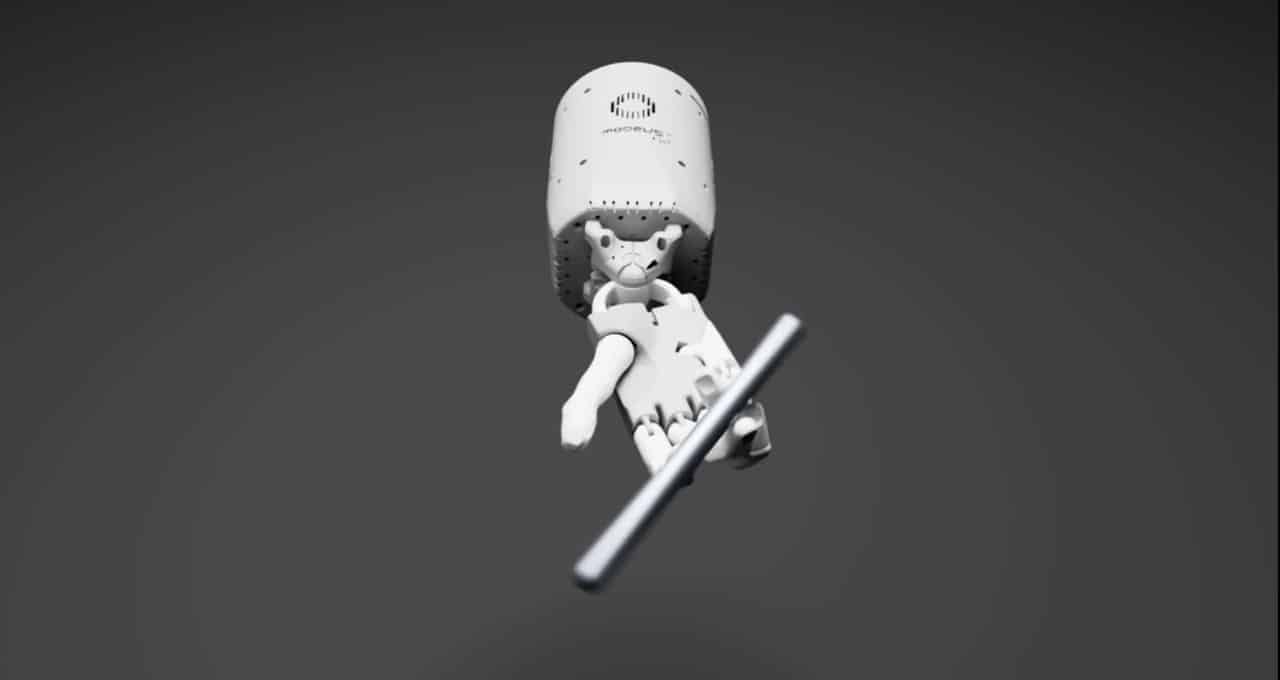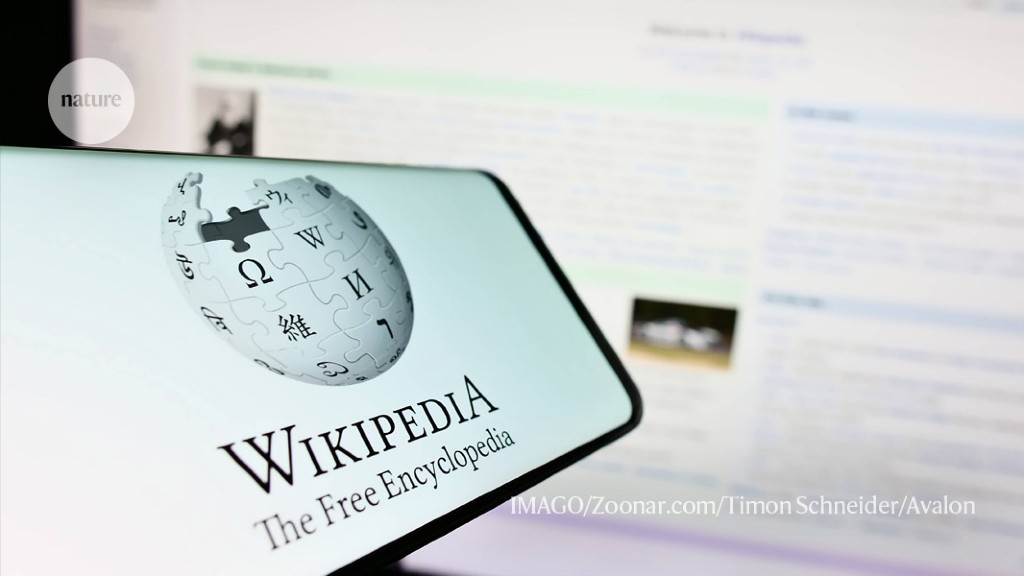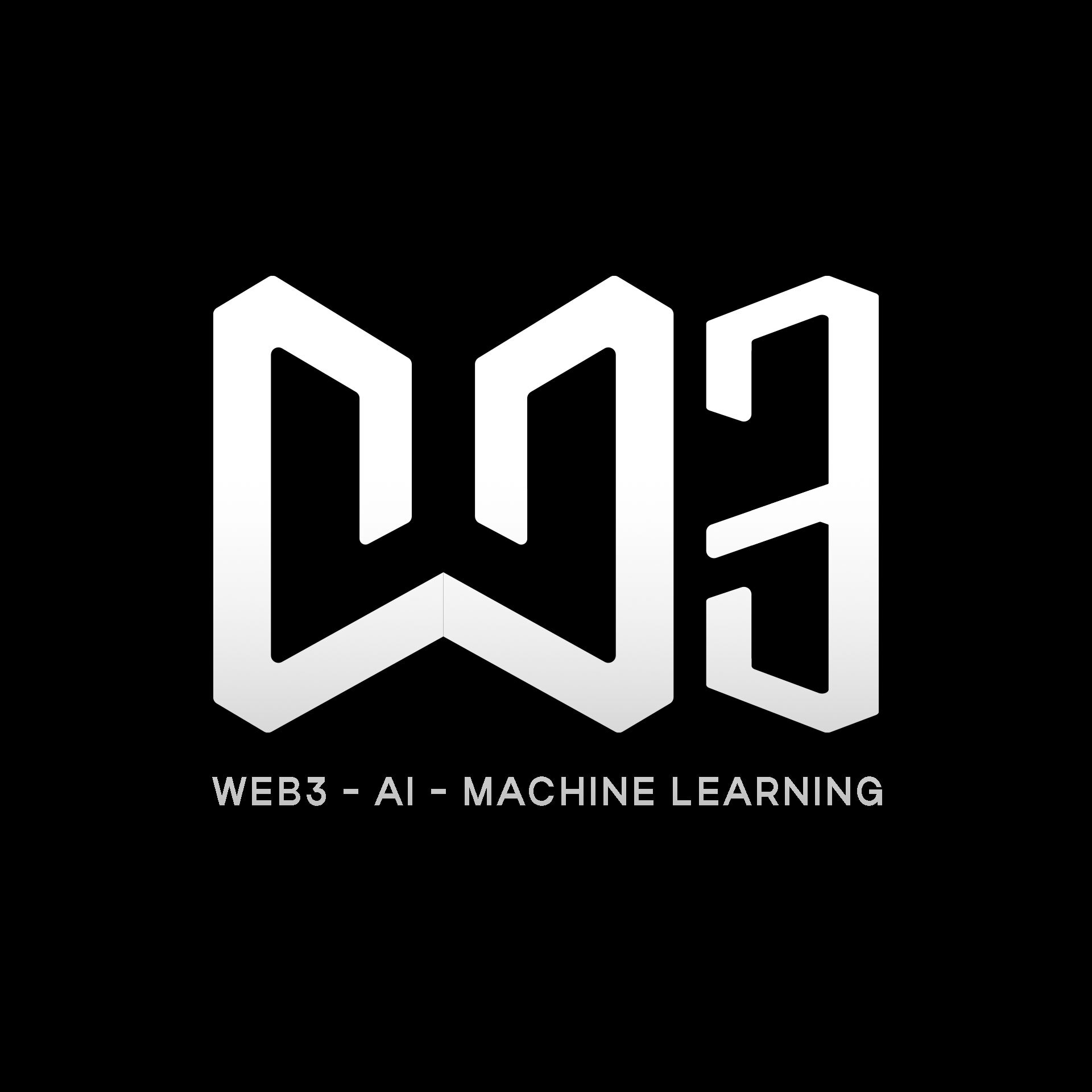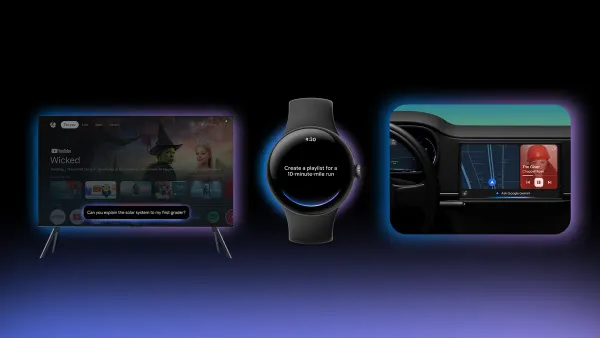Latest AI 🌈Tuesday Marvels: NVIDIA's Robot Revolution, Apple's Integration Leap, Pixel's AI Wonders, and Wikipedia's Stronger Foundation
- NVIDIA's groundbreaking self-teaching robots!
- Apple's bold step: Infusing AI across its device lineup.
- Pixel's AI: Awe-inspiring or slightly eerie?
- AI bolsters Wikipedia's trustworthiness.
Stay tuned for deeper insights!👇
Welcome, AI Aficionados! In today's AI extravaganza, we're embarking on an exciting journey through the latest advancements in the world of artificial intelligence. We have a captivating lineup that's sure to pique your curiosity. Get ready for an enlightening exploration into the future of AI. Let's dive in!
1. NVIDIA's revolutionary self-teaching robots are redefining machine learning.
NVIDIA's Eureka AI empowers robots to master complex tasks via autonomous reward algorithms. NVIDIA Research's Eureka enables robots to perform various tasks with outstanding success, surpassing human-authored reward programs in over 80% of cases. This revolutionary AI combines GPT-4 LLM and generative AI to enhance robots' reinforcement learning capabilities, delivering remarkable performance improvements. It's a leap forward in AI-driven robotics.

2. Apple, a tech giant, makes a daring move by infusing AI into its entire range of devices.
Apple, initially caught off-guard by the AI trend, is now aggressively incorporating generative AI into its products. The company is addressing concerns and plans to spend about $1 billion annually on this initiative. Apple aims to enhance Siri, iOS features, and development tools with generative AI capabilities. The debate over on-device versus cloud processing is ongoing. Meanwhile, a new iMac and a 32-inch iMac Pro are anticipated, with a Mac-centered product launch expected soon. Additionally, a new low-end Apple Pencil with USB-C charging has been introduced. The company plans to release refreshed iPad models in 2024.

3. Is Pixel's AI awe-inspiring or perhaps just a tad eerie?
Google's Pixel 8 and Pixel 8 Pro utilize AI to alter expressions in photos, raising questions about authenticity. Users can mix and match expressions from past photos, and remove or resize elements with AI-powered tools. This has sparked concerns about photo manipulation and trust in online content. Google emphasizes the ethical considerations and unique features of its camera system. Critics highlight the potential for a "fake world" and question the boundary between enhancement and manipulation. AI in smartphones aims for aesthetically pleasing images rather than strict realism, enhancing zoom, low light shots, and editing capabilities.

4. Discover how AI is playing a pivotal role in enhancing the trustworthiness of Wikipedia.
A recent study published in Nature Machine Intelligence reveals the potential of artificial intelligence (AI) in enhancing the reliability of Wikipedia entries. The neural-network-powered system, named SIDE, developed by Fabio Petroni and colleagues at Samaya AI in London, assesses whether Wikipedia references adequately support associated claims and proposes better alternatives for inadequate ones. SIDE is trained using prominent Wikipedia articles, distinguishing quality references and identifying weak citations. It can also search the web for reputable sources to replace poor references. Testing showed that SIDE’s top reference choice was already cited in articles 50% of the time, and user feedback demonstrated a preference for AI-suggested citations. While SIDE holds promise for enhancing the accuracy of Wikipedia, proper deployment is essential, and its integration into the Wikipedia community will be a key factor in its effectiveness.

As we wrap up our exhilarating journey through the AI landscape, it's clear that we're witnessing a transformative era. From NVIDIA's self-teaching robots pushing the boundaries of machine learning, to Apple's audacious integration of AI across their entire device range, and the intriguing debate surrounding Pixel's AI capabilities – the future is now.
Furthermore, the role of AI in fortifying the reliability of Wikipedia marks a significant stride in information accuracy. It's a testament to the potential and power of artificial intelligence in refining the knowledge-sharing platforms we rely on.
As we move forward, let's stay tuned for even more groundbreaking developments in this dynamic field. The future of AI promises to be nothing short of extraordinary. Thank you for joining us on this riveting exploration!







